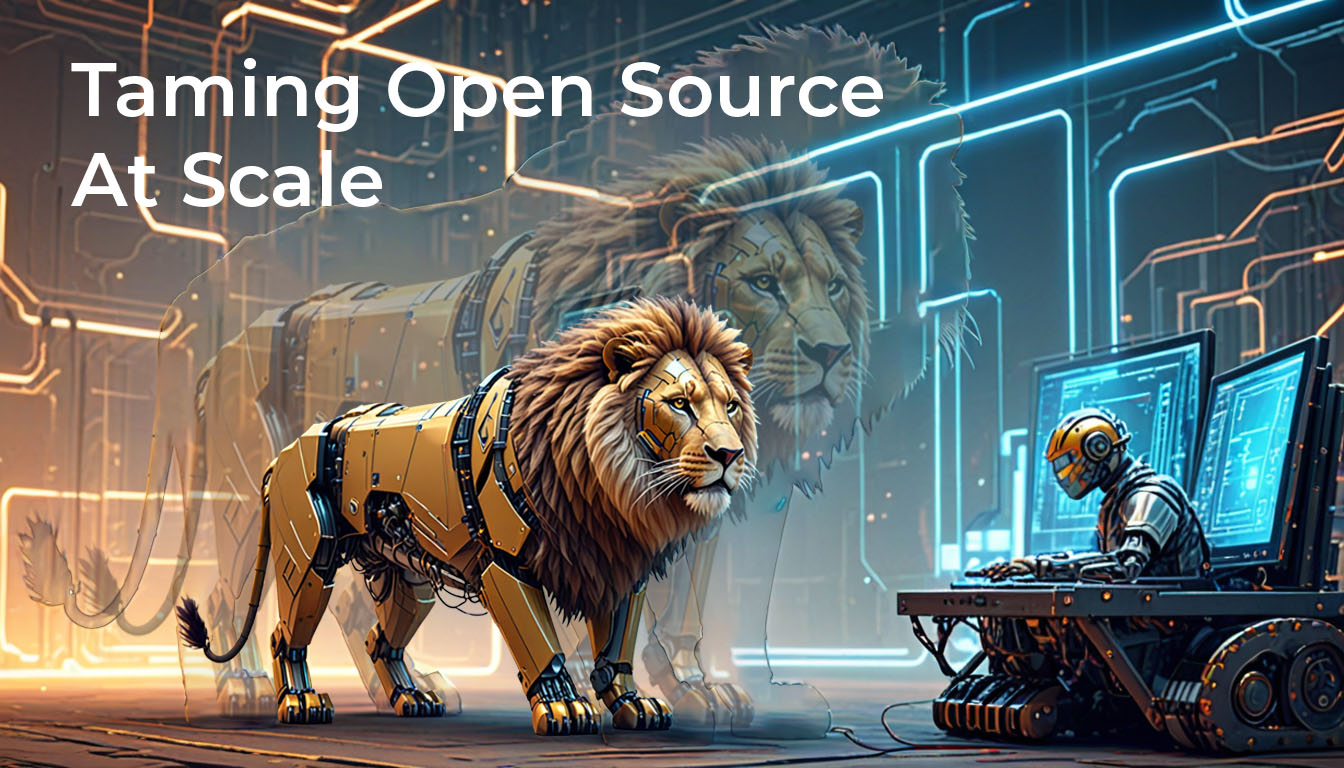Thanks for Viewing “Open Source Language Automation Primer: Value Stream Creation”
Related Resources
Build Python, Perl and Tcl in minutes instead of weeks using the ActiveState Platform. Create a free account.

Managing open source complexities can slow down development. Point solutions only let you be reactive. Learn how to become proactive.

Governments are introducing new regulations for fighting software supply chain attacks. Are you prepared? Learn how to adopt secure software development practices to keep your government customers secure while freeing up developer resources.

Automating dependency security is key to allowing DevOps to manage the observability, compliance and remediation of open source at scale.
© 2024 ActiveState Software Inc. All rights reserved. ActiveState®, ActivePerl®, ActiveTcl®, ActivePython®, Komodo®, ActiveGo™, ActiveRuby™, ActiveNode™, ActiveLua™, and The Open Source Languages Company™ are all trademarks of ActiveState.
To provide the best experiences, we and our partners use technologies like cookies to store and/or access device information. Consenting to these technologies will allow us and our partners to process personal data such as browsing behavior or unique IDs on this site and show (non-) personalized ads. Not consenting or withdrawing consent, may adversely affect certain features and functions.
Click below to consent to the above or make granular choices. Your choices will be applied to this site only. You can change your settings at any time, including withdrawing your consent, by using the toggles on the Cookie Policy, or by clicking on the manage consent button at the bottom of the screen.